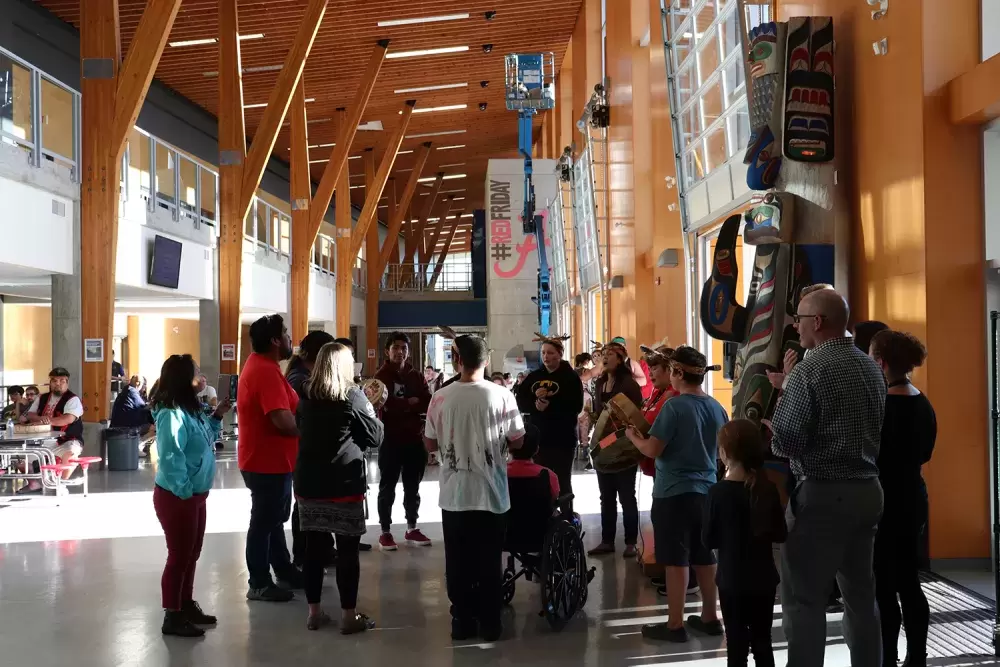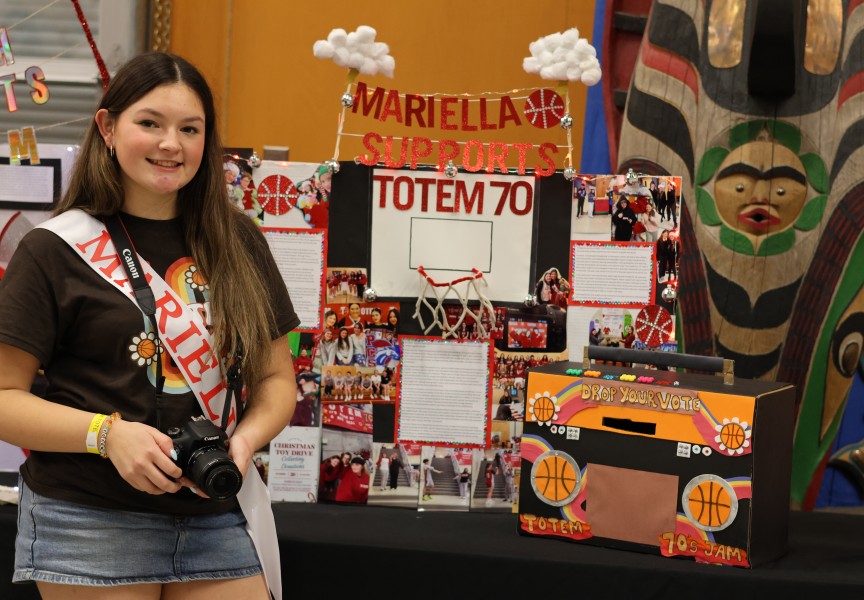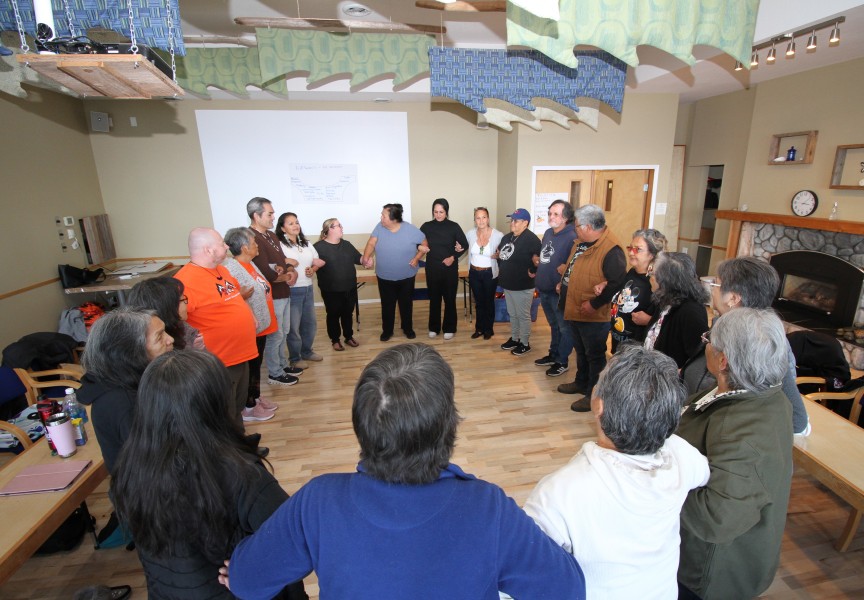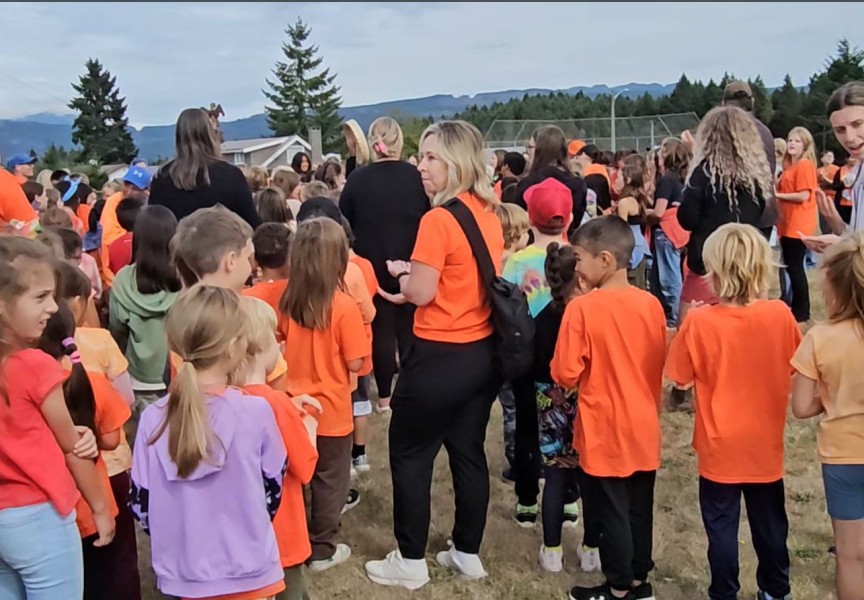A plan is in place to ensure high school graduates have a better understanding of the ancestral history of British Columbia, with a requirement to complete coursework that focuses on Indigenous culture.
Announced by the B.C. Ministry of Education on March 4, this development would begin for high school students in the 2023-24 school year. To earn a Dogwood Diploma, all high school students would need to complete coursework with an Indigenous focus among the 80 credits they currently earn to graduate. A typical, one-semester course earns four credits towards the diploma.
It’s still yet to be determined how many Indigenous-focused credits would be required, as the province has launched an initiative to gather feedback from educators and the general public. Comments can be given to an online engagement website at https://engage.gov.bc.ca/govtogetherbc.
Mary Mollineaux, K-12 policy manager for the First Nations Education Steering Committee, said that the new graduation requirement is being introduced after a survey of elementary and high school students revealed that only one third reported learning about B.C.’s Aboriginal peoples in school.
“We’re hoping that students who are graduating with this new course will have had a chance to spend some time and reflection learning about Indigenous peoples in B.C., getting to having a better understanding of Indigenous perspectives and histories – and a better understanding of the land on which they live,” she said.
In recent years a growing amount of Indigenous content has been introduced into schools, from Kindergarten through high school. In the Pacific Rim School District, which includes Nuu-chah-nulth territory in Port Alberni, Tofino and Ucluelet, existing high school courses that could apply to the new requirement include English First Peoples 12, BC First Peoples 12, Contemporary Indigenous Studies 12 and Nuu-chah-nulth Language and Culture, which is available for Grades 8-12.
Greg Smyth is Pacific Rim’s superintendent of schools, a district where 34 per cent of the student population identified as Indigenous in 2021. He foresees that this new graduation requirement would bring “a deeper understanding of history, culture and language” for all students.
“I think that might resonate deeper with our Indigenous learners, who will then find a connectedness with curriculum that they haven’t been connected with previously,” he said. “For those students who have been disconnected or disengaged with some of the other courses, it might provide a perspective that has been lacking and certainly resonate with them.”
“We think this would be an effective anti-racism tool also so that people have a better understanding of Indigenous peoples,” added Mollineaux.
More Indigenous students are completing high school than in years past, but a gap still remains. In Pacific Rim the overall high school completion rate was 85 per cent last year, although 75 per cent of Aboriginal students reached this milestone. Further north in Nuu-chah-nulth territory the Vancouver Island West School District saw a 43 per cent completion rate among Indigenous high school students, while the overall completion rate was 58 per cent. Sixty-five per cent of Vancouver Island West identifies as Aboriginal.
“The gaps are still there in the outcomes and it’s just not closing fast enough,” commented Mollineaux. “We’re reaching out to figure out any barriers to success.”
High school completion rates indicate the sense of belonging and connectedness students feel, said Smyth.
“Often the origins of that are much earlier in their schooling experience,” he said. “One of our challenges is trying to make sure that students feel welcome and supported at school – but they also see their school reflects them.”
This new graduation requirement is one of the initiatives listed in B.C.’s Declaration on the Rights of Indigenous Peoples Act Draft Action Plan, and also follows the Truth and Reconciliation Commission’s Call to Action No. 62, which tasks schools to make Aboriginal content a mandatory component of the curriculum.







